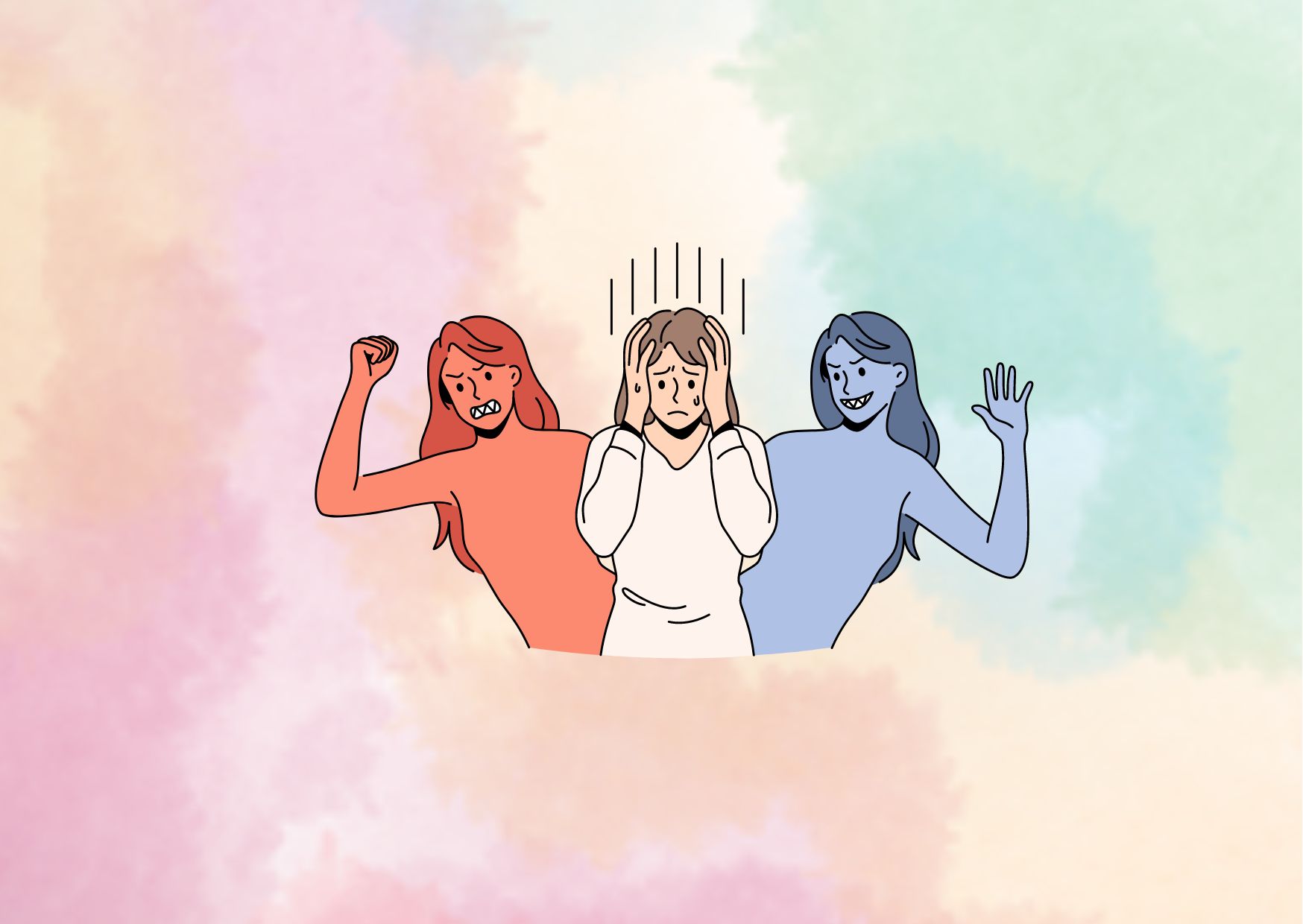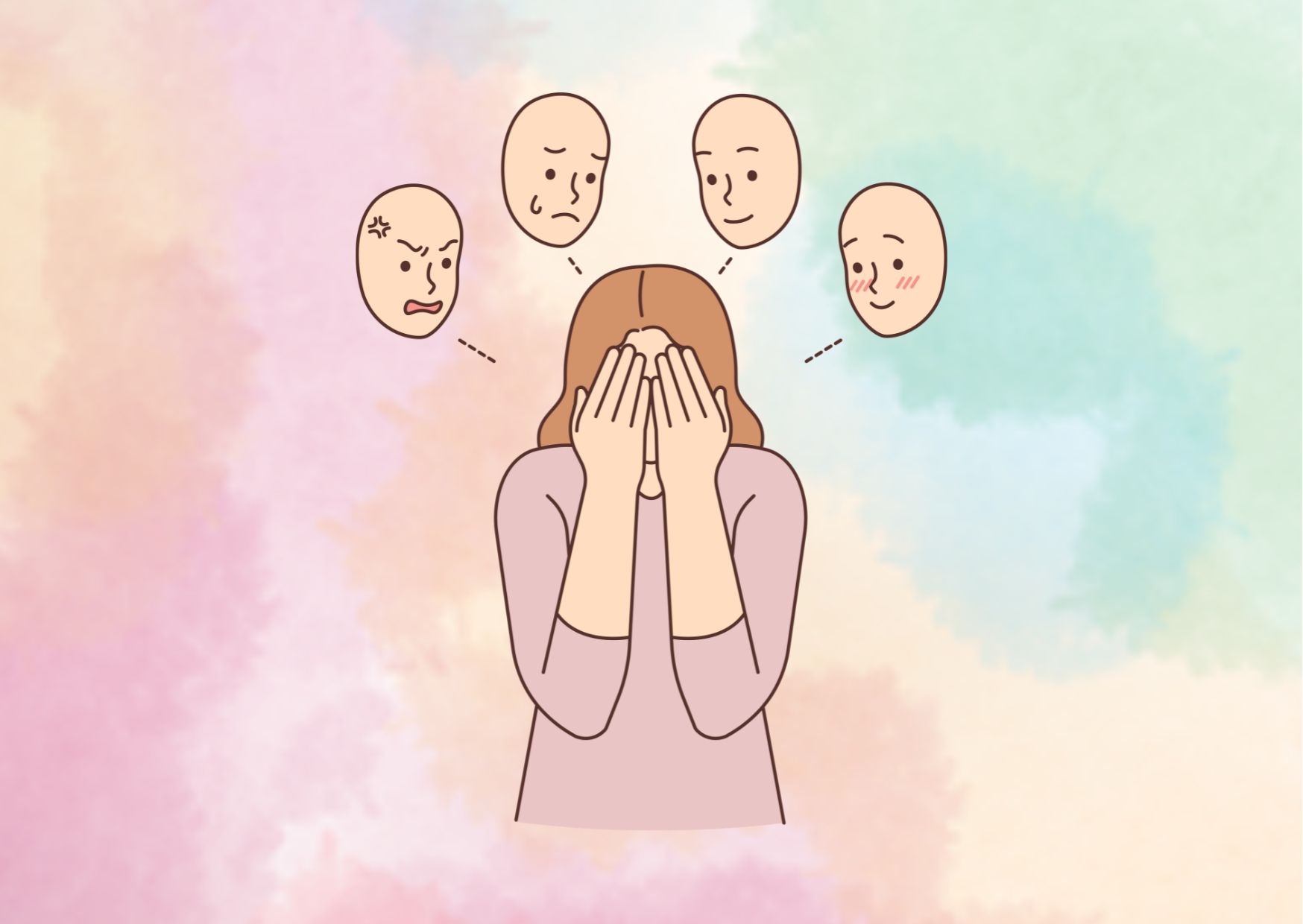Cyclothymia Symptoms, Causes, and Treatments
I’ve been fascinated by the complexities of mental health, and cyclothymia is a condition that often flies under the radar. It’s a form of bipolar disorder that has an impact on mood and behavior, yet many people aren’t familiar with it. Understanding cyclothymia is crucial to providing support and treatment for those affected by this condition.
In this article, we’ll explore what cyclothymia is and how it differs from other mood disorders. We’ll delve into the symptoms to look out for and discuss what causes cyclothymia. Additionally, we’ll cover diagnosis methods and treatment options, including medications like lamotrigine. Our goal is to shed light on living with cyclothymia and to offer insights for those seeking to understand this often-overlooked condition better.
What is Cyclothymia?
Definition
Cyclothymia, also known as cyclothymic disorder, is a rare mood disorder that shares characteristics with bipolar disorder but with less severe symptoms. I’ve found that cyclothymia causes emotional ups and downs, but they’re not as extreme as those seen in bipolar I or II disorder. People with cyclothymia experience periods when their mood noticeably shifts up and down from their baseline. These mood swings often emerge during adolescence and typically occur rapidly and unpredictably, leading to significant instability and psychological distress.
Comparison to Bipolar Disorder
While cyclothymia is similar to bipolar disorder, there are key differences. In cyclothymia, individuals experience numerous periods of depression and hypomania, but the symptoms are not severe enough to be classified as major depressive or hypomanic episodes. The condition involves more than two years of hypomanic and depressive episodes that do not meet the specific criteria for bipolar disorder. Some experts consider cyclothymia a milder form of bipolar disorder, sometimes unofficially referred to as ‘Bipolar III.’
Unlike bipolar I and II disorders, cyclothymia typically causes symptoms on more days than not, with few periods of neutral mood in between. The highs and lows of cyclothymia are less extreme than those of bipolar disorder, but it’s still crucial to seek help managing these symptoms. They can interfere with a person’s ability to function and increase the risk of developing bipolar I or II disorder.
Prevalence
Cyclothymia is thought to be relatively rare, but true estimates are hard to make because people may be undiagnosed or misdiagnosed as having other mood disorders, such as depression. Some studies have shown that 5%–8% of the global population are affected at some point in life, while other studies showed a lower result between 0.4% and 2.5%. Approximately 0.4 percent to one percent of people will experience cyclothymia in their lifetime.
The disorder usually begins in adolescence or early adulthood and is lifelong. It affects about the same number of males and females. Cyclothymia is often underdiagnosed because of its low intensity. This disorder is diagnosed in about 50% of people with depression who are evaluated in outpatient psychiatric facilities. Between 20% and 50% of people with depression, anxiety, and related disorders also have cyclothymia.
It’s important to note that up to 50% of individuals with cyclothymia will eventually develop either Bipolar disorder I or Bipolar disorder II, so care should be taken to avoid precipitating episodes of mania or hypomania. An accurate diagnosis of cyclothymia can help people access treatment that may prevent their condition from progressing to a more severe type of bipolar disorder. Effective treatments are available, and many people do recover from cyclothymia and do not experience future symptoms of hypomania or depression.
Symptoms of Cyclothymia
We experience cyclothymia as a series of mood swings that alternate between hypomania and mild depression. These fluctuations are less severe than those seen in bipolar I or II disorders but can still have a significant impact on our daily lives. The unpredictable nature of these mood shifts can be disruptive, as we never know how we’re going to feel from one day to the next.
Hypomanic Symptoms
During hypomanic episodes, we may notice an abnormal elevation in our mood, energy, and activity levels. This change is noticeable to others and represents a departure from our usual selves. Some common signs of hypomania in cyclothymia include:
- Increased energy and reduced need for sleep
- Rapid speech and racing thoughts
- Being easily distracted
- Heightened focus on goals (work, school, or social)
- Engaging in risky activities or showing poor judgment
- Elevated self-esteem
- Irritability or agitation
- Increased physical activity
- Higher sex drive
It’s important to note that while these symptoms can feel exhilarating, they can also lead to impulsive decisions and risky behaviors.
Depressive Symptoms
The depressive episodes in cyclothymia are milder than those experienced in major depression but can still be challenging. During these periods, we might experience:
- Feelings of sadness, hopelessness, or emptiness
- Loss of interest in previously enjoyed activities
- Changes in appetite and weight
- Sleep disturbances (insomnia or hypersomnia)
- Fatigue or significant loss of energy
- Difficulty concentrating
- Feelings of worthlessness or guilt
- Social isolation
- Thoughts of death or suicide (in more severe cases)
While these symptoms are less intense than those in major depression, they can still have a considerable impact on our quality of life and daily functioning.
Mood Fluctuations
One of the defining features of cyclothymia is the frequent swings between hypomanic and depressive states. Unlike bipolar disorder, where mood episodes can last for weeks or months, cyclothymia involves more rapid and unpredictable changes. We might experience:
- Mood swings occurring within the same day
- Irregular and hard-to-predict patterns of highs and lows
- Few periods of stable mood, with any stability lasting less than two months
- Experiencing high and low moods for at least half the time

